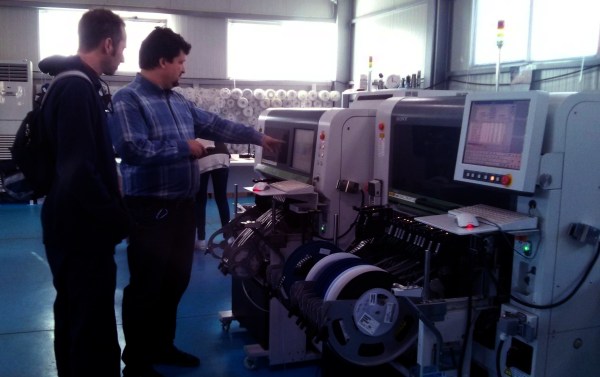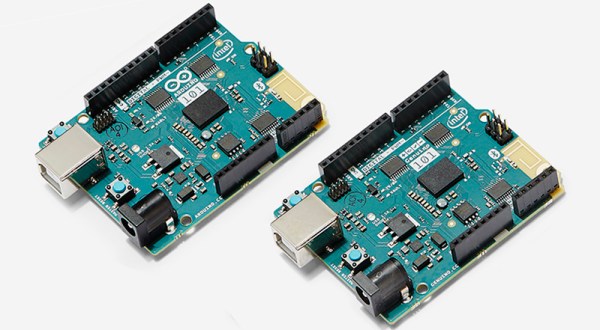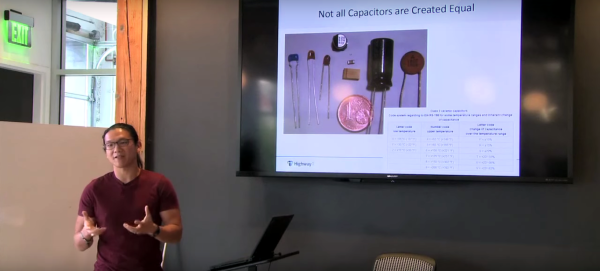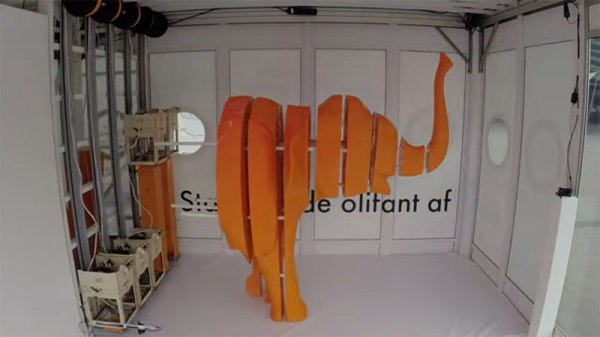A lot of people make the argument that you can’t go wrong buying a tool made in USA, Germany, Japan, Switzerland, etc. They swear that any Chinese tool will be garbage and it’s not worth purchasing them. Now, any discerning mind will say, “Wait a minute, why? China has a huge economy, experienced people, and the ability to use all the scary chemicals that make the best steel. Why would their tools be any better or worse than ours?” It’s a very valid argument. There are lots of Chinese tools that are the best in the world. Most of what we see in our stores are not. So what is the difference. Why does a country who can make the best tools not make the best tools? Surely it isn’t purely cost cutting. Is it cultural? The opinion I wish to put forth is that it’s a matter of design intent communication.
I’ve worked as an engineer in industry. The one common thread between a quality product and a bad product has always been this, ”Is the person who designed the product involved in making the product?” If the person or peoples who imbued the design intent into the original product are actively involved in and working towards the execution of that product, that product has a vastly greater chance of being good. Or in other words: outsourcing doesn’t produce a bad product because the new people making the product don’t care. It makes a bad product because the people who understand the intent behind the product are separated from its execution.
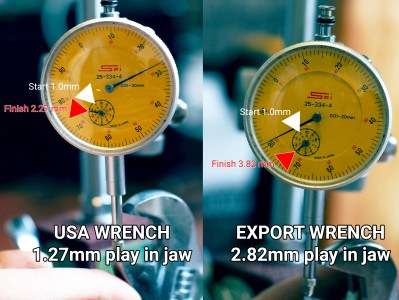
Let’s take the Crescent wrench as an example. Crescent wrenches used to be made in USA. In the past few years they have begun to make them in China. We can spot many visual differences right away. The new Crescent wrench has a different shape, the logo has changed and the stamping for the logo is dodgy, and worse, the tool just doesn’t operate as well as it used to. The jaws aren’t as hard and they wiggle more. What happened? How could Crescent mess up their flagship so badly. Surely they intended just to cut costs, not to reduce quality. This isn’t shameful in itself
What happened to the Crescent wrench is easily explained by anyone who has seen a product from design to execution before. A factory in the USA set out to make a good adjustable wrench. Hundreds of engineers and employees worked in a building to make a good wrench. When their machines didn’t work, they came up with solutions. When their quality was lacking, they implemented better processes. They had a list of trusted suppliers. They could guarantee that the materials that came in would be imbued with their vision and intent when the product came out. The intent and will of all those people built up in one place over time.
Continue reading “What’s In A Tool? A Case For Made In USA.”


